Lithium cobalt oxide (LiCoO2) belongs to the α-NaFeO2 type structure and
has a two-dimensional layered structure, which is suitable for the
deintercalation of lithium ions. Due to its relatively simple preparation
process, stable performance, high specific capacity, and good cycle performance,
most commercial lithium-ion batteries currently use LiCoO2 as the cathode
material. The synthesis methods mainly include high-temperature solid-phase
synthesis and low-temperature solid-phase synthesis, as well as soft chemical
methods such as oxalic acid precipitation, sol-gel method, cold and heat method,
and organic mixing method. Lithium nickel oxide (LiNiO2) is a rock salt
structure compound with good high temperature stability. Due to its low
self-discharge rate, low requirement for electrolyte, no environmental
pollution, relatively abundant resources and affordable price, it is a promising
positive electrode material to replace lithium cobalt oxide. At present, LiNiO2
is mainly synthesized by solid state reaction of Ni(NO3)2, Ni(OH)2, NiCO3, NiOOH
and LiOH, LiNO3 and LiCO3. The synthesis of LiNiO2 is more difficult than
LiCoO2. The main reason is that the stoichiometric LiNiO2 is easily decomposed
into Li1-xNi1+xO2 under high temperature conditions, and the excess nickel ions
are in the lithium layer between the NiO2 planes, hindering the diffusion of
lithium ions. It will affect the electrochemical activity of the material, and
because Ni3+ is more difficult to obtain than Co3+, the synthesis must be
carried out in an oxygen atmosphere [2]. Lithium manganese oxide is a
modification of traditional positive electrode materials. At present, spinel
LixMn2O4 is more widely used. It has a three-dimensional tunnel structure and is
more suitable for lithium ion deintercalation. Lithium manganese oxide has rich
raw materials, low cost, no pollution, better overcharge resistance and thermal
safety, and relatively low requirements for battery safety protection devices.
It is considered to be the most promising lithium-ion battery cathode material.
Mn dissolution, Jahn-Teller effect and electrolyte decomposition are considered
to be the most important reasons for the capacity loss of lithium-ion batteries
with lithium manganese oxide as the cathode material. 2.3 Solid polymer
electrolyte Solid materials that conduct current with ions are usually called
solid electrolytes, which include three types of crystal electrolytes, glass
electrolytes and polymer electrolytes, among which solid polymer electrolytes
(SpE) are light in weight and easy to form films , Good viscoelasticity, etc.,
can be used in batteries, sensors, electrochromic displays and capacitors. The
use of SpE in lithium-ion batteries can eliminate the problem of liquid
electrolyte leakage, replace the separator in the battery, inhibit the
generation of dendrites on the electrode surface, reduce the reactivity of the
electrolyte and the electrode, increase the specific energy of the battery, and
make the battery durable. It has the advantages of high pressure, impact
resistance, low production cost and easy processing. Conventional solid polymer
electrolytes (SpE) are composed of polymers and lithium salts, which are
electrolyte systems formed by dissolving lithium salts in polymers. Generally,
polymers containing polar groups such as oxygen, nitrogen, and sulfur on the
molecular chain that can coordinate with Li+ can be used to form such systems,
such as: polyethylene oxide (pEO), polypropylene oxide, polyoxyheterocycle
Butane, polyethyleneimine, poly(N-propyl-1 aziridine), polyalkylene sulfide,
etc. As a hard acid, Li+ tends to interact with hard bases, so the solubility of
lithium salts in polymers containing nitrogen and sulfur polar groups is smaller
than that in polymers containing oxygen polar groups, and the conductivity (σ)
It is very low and has no practical significance; the conformation of pEO
molecules is more conducive to forming multiple coordination with cations than
other polyether molecules, which can dissolve more lithium salts and show good
electrical conductivity, so the pEO+lithium salt system becomes SpE The earliest
and most extensively studied system. However, the σ room temperature of
conventional solid polymer electrolytes (SpE) is usually less than 10-4S cm-1.
In order to meet the requirements of lithium-ion batteries, adding lithium salts
to the polymer/salt system can promote the dissociation of lithium salts and
increase the free volume of the system. Fraction and reduce its glass transition
temperature (Tg) of the plasticizer, can get σ room temperature greater than
10-3S·cm-1 gel SpE. Plasticizers are typically organic solvents with a high
dielectric constant, low volatility, miscibility with the polymer/salt complex,
and stability with respect to the electrode. Such as ethylene carbonate (EC),
propylene carbonate (pC), dimethyl carbonate, N-methylpyrrolidone, sulfolane,
γ-butyrolactone, etc. Commonly used lithium salts are LipF6, LiN (SO2CF3) and so
on. Using XRD, DSC and AC impedance test methods, the factors affecting the
conductivity of polymers were discussed preliminarily. (1) Effect of lithium
salt concentration on conductivity When the concentration of lithium salt is
low, the conductivity of the polymer electrolyte is relatively low, only on the
order of 10-8. In the process of gradually increasing the concentration of
lithium salt, due to the increase of the concentration of carrier ions, the
conductivity also increases; and when the concentration of salt continues to
increase, the high ion concentration leads to the interaction force between ions
Enhanced, the mobility of the carrier ions decreases, resulting in a decrease in
conductivity. (2) The relationship between plasticizer concentration and Tg With
the increase of plasticizer, the glass transition temperature of the polymer
electrolyte gradually decreases, which accelerates the chain segment movement of
the polymer electrolyte at room temperature, so its conductivity also increases
with increase. Although the increase of the plasticizer concentration greatly
improves the conductivity of the polymer electrolyte, it also reduces the
self-supporting film formation and mechanical strength of the polymer
electrolyte membrane. If the prepolymer, plasticizer and lithium salt are
blended, the polymerization reaction is initiated by light or heat, and a gel
SpE with a network structure is formed through chemical bonds. The obtained SpE
not only has good mechanical properties, but also inhibits the polymer
Crystallization increases the content of plasticizer in SpE, and high σ SpE can
be obtained. 2.4 Anode material The capacity of a lithium-ion battery depends
largely on the amount of lithium intercalation in the anode, and the anode
material should meet the following requirements: (1) The electrode potential
changes little during the lithium intercalation process and is close to metallic
lithium; High specific capacity; (3) high charge and discharge efficiency; (4)
Li+ has a high diffusion rate inside and on the surface of the electrode
material; (5) high structural, chemical and thermal stability; (6) low price and
easy preparation. At present, research work on anode materials for lithium-ion
batteries mainly focuses on carbon materials and other metal oxides with special
structures.

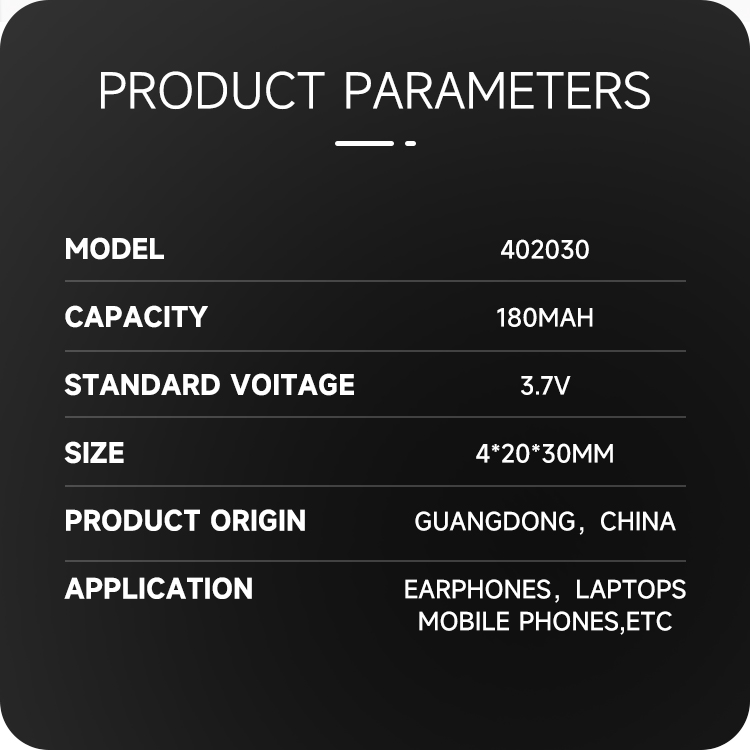
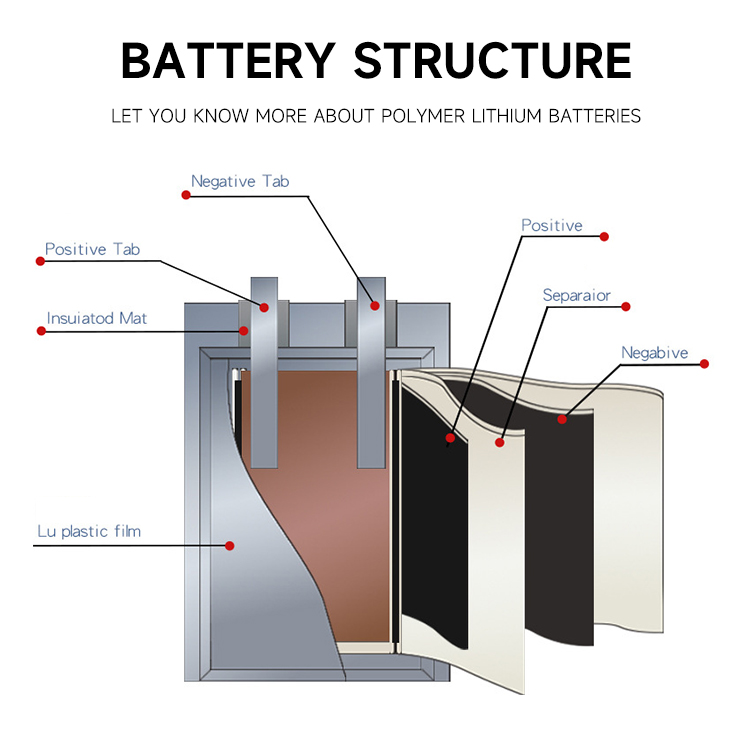
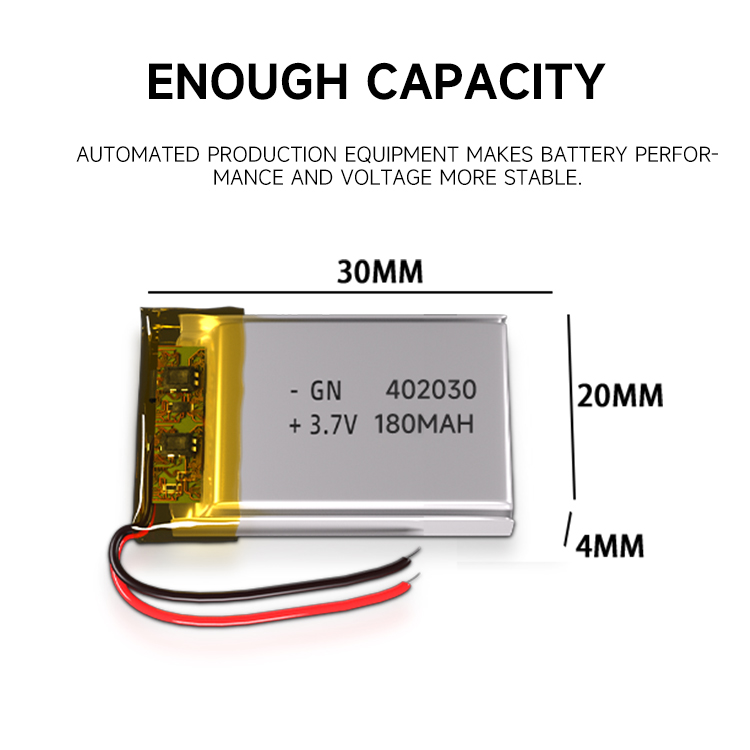
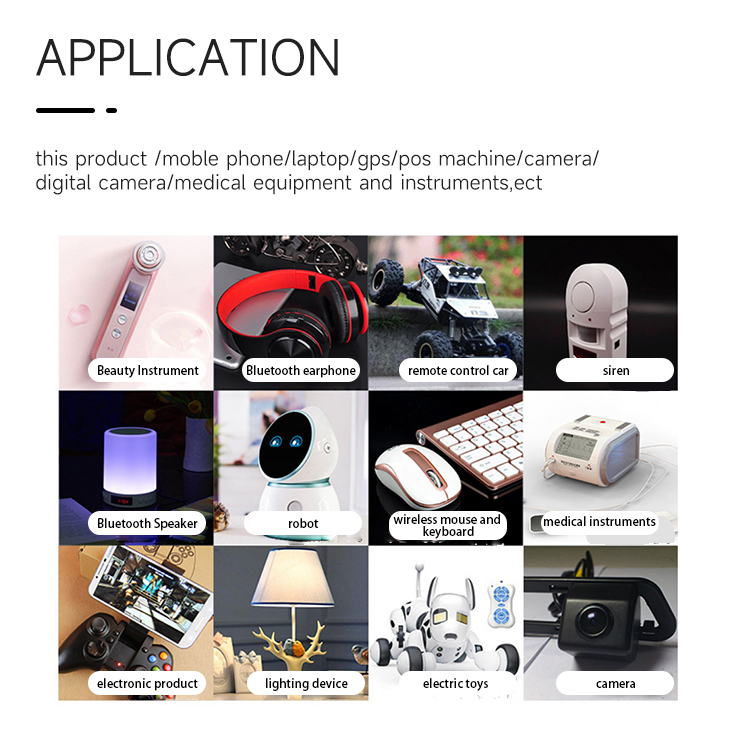

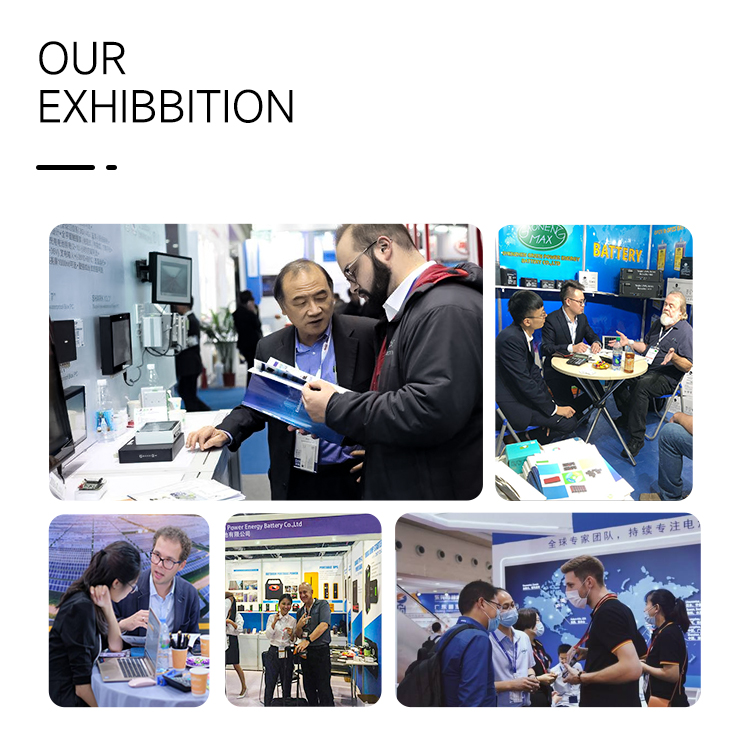


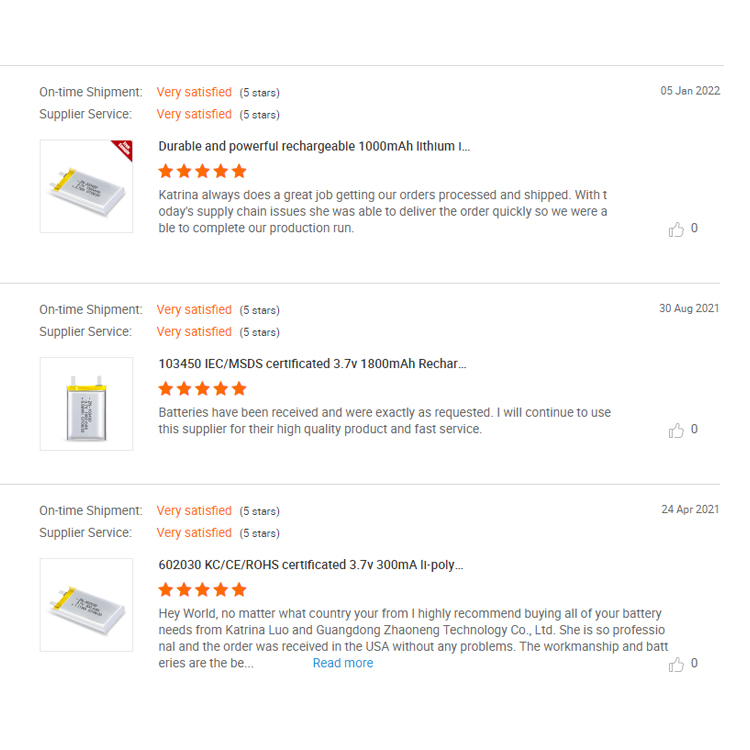































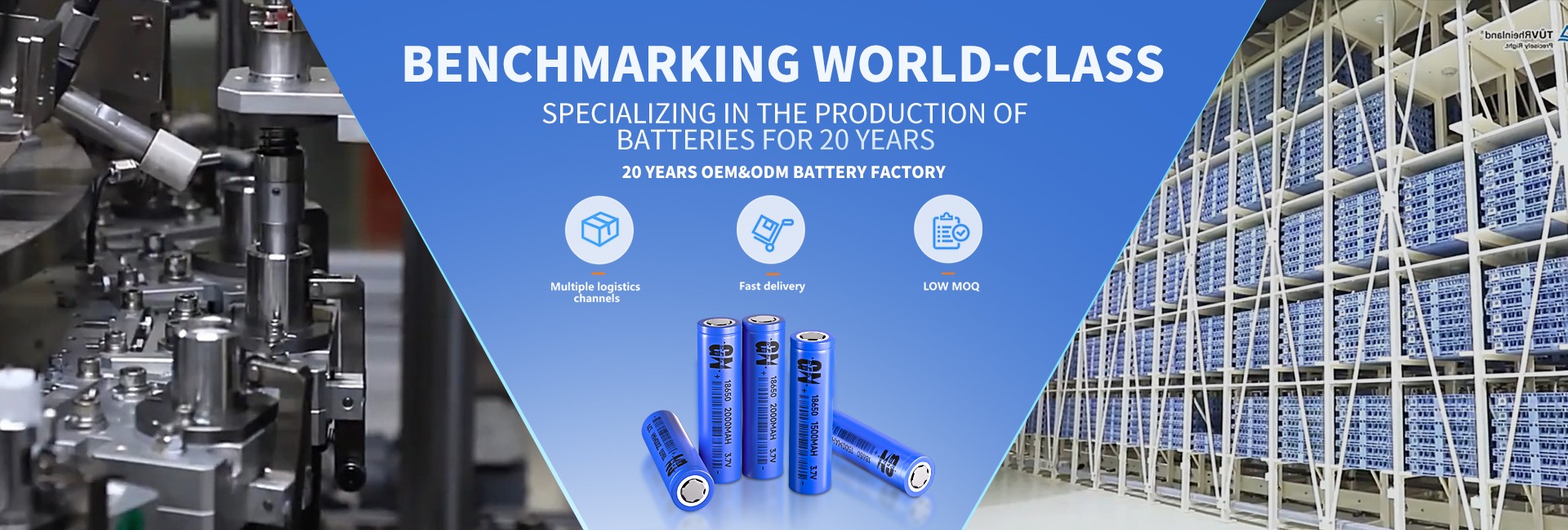
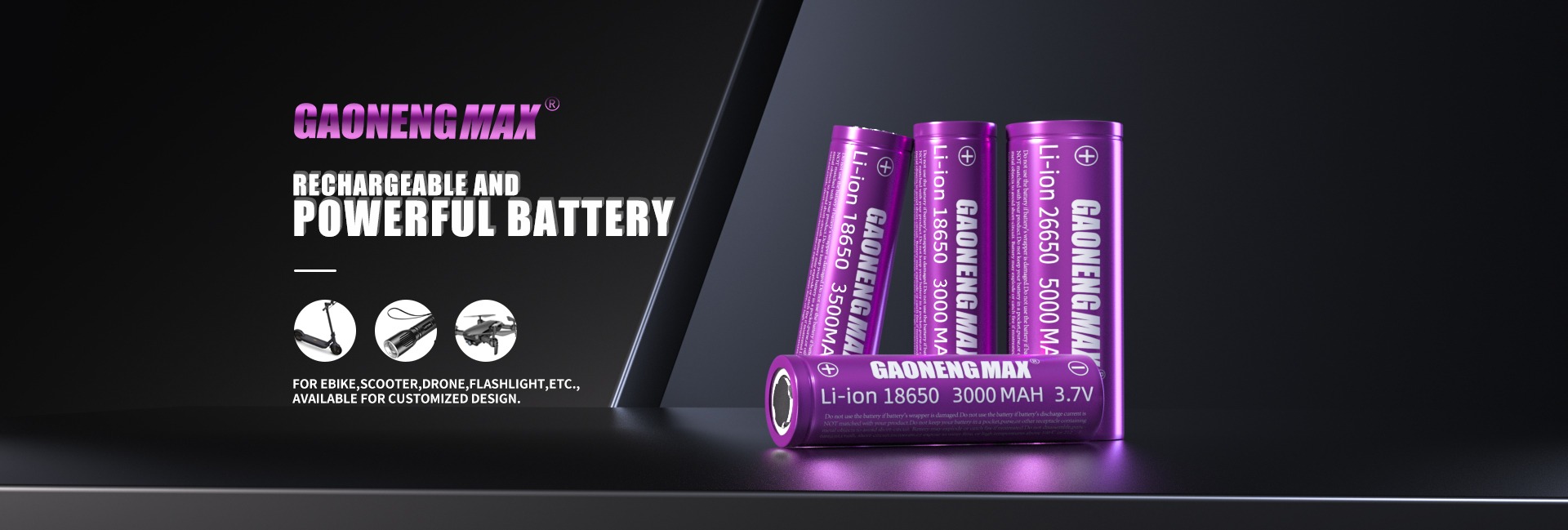
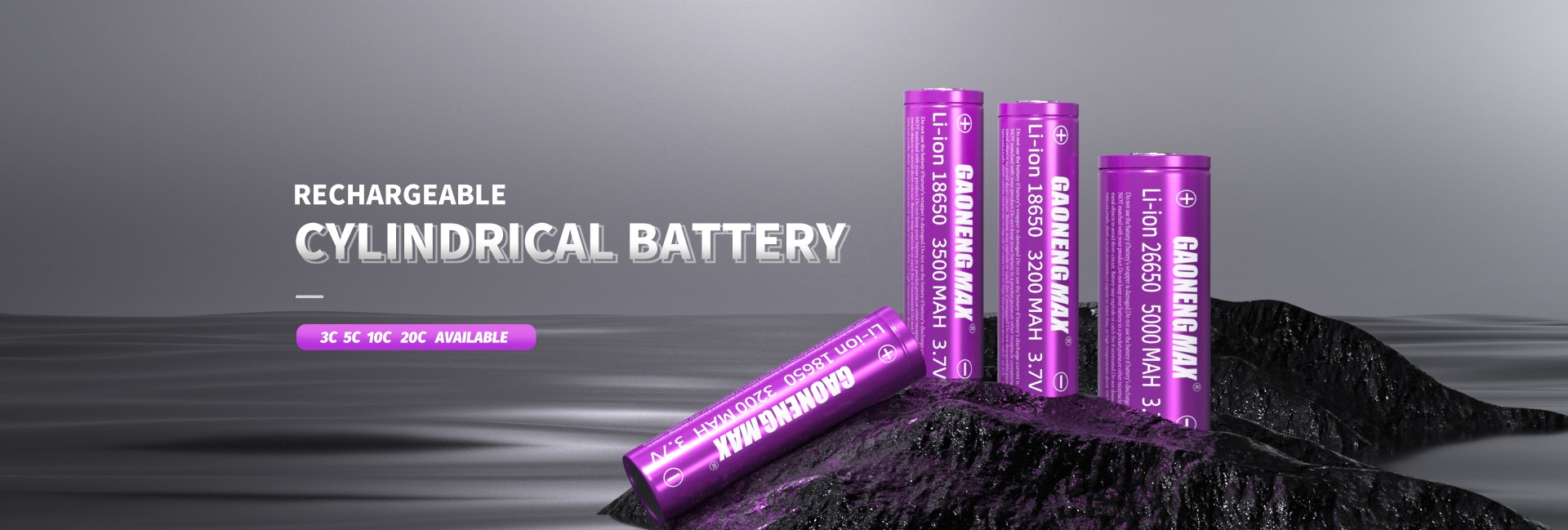
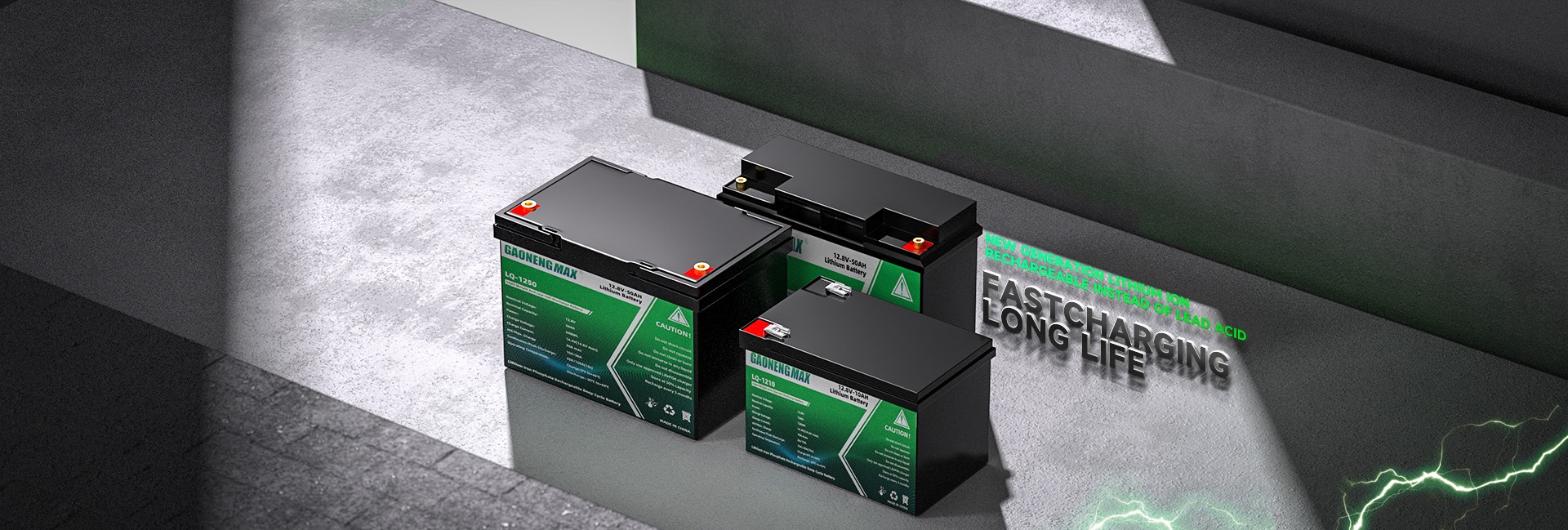


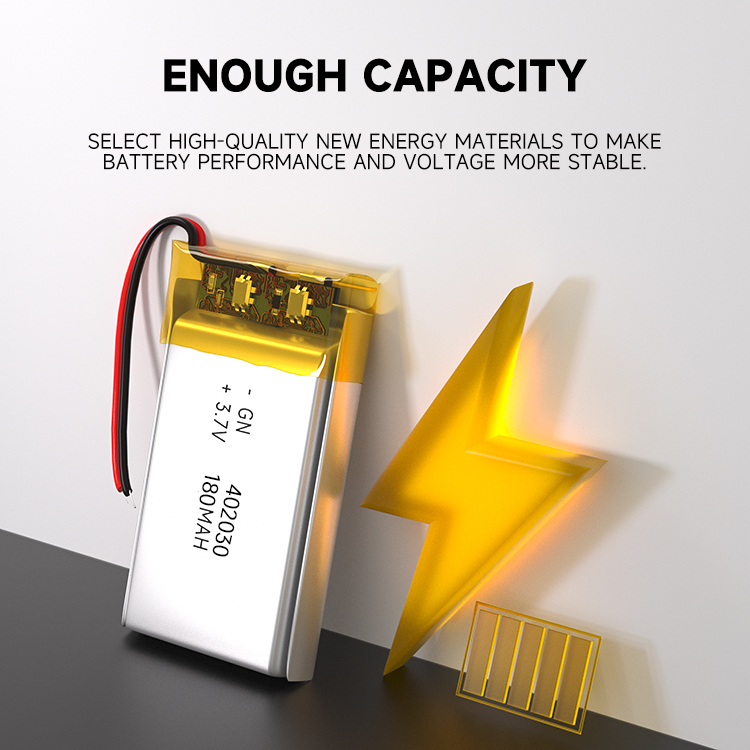
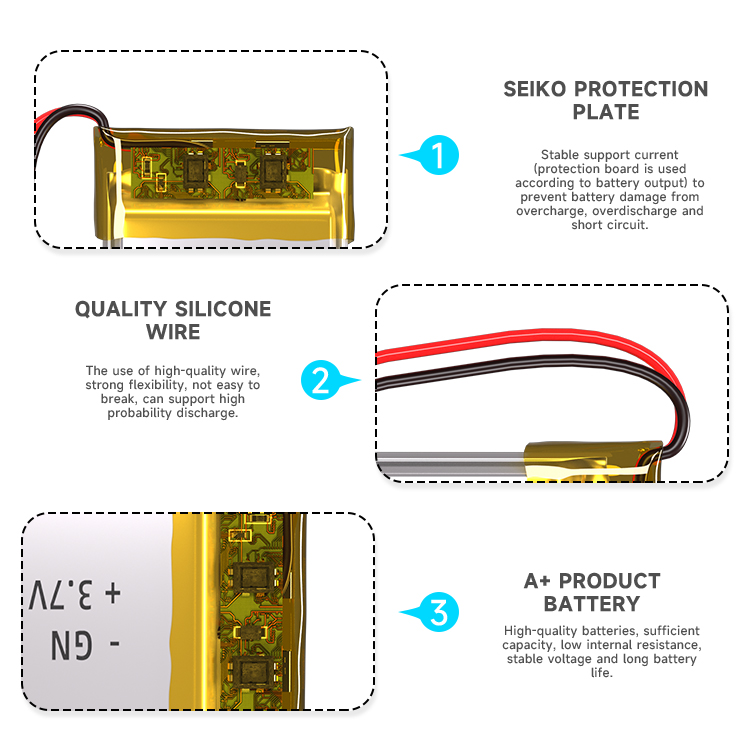

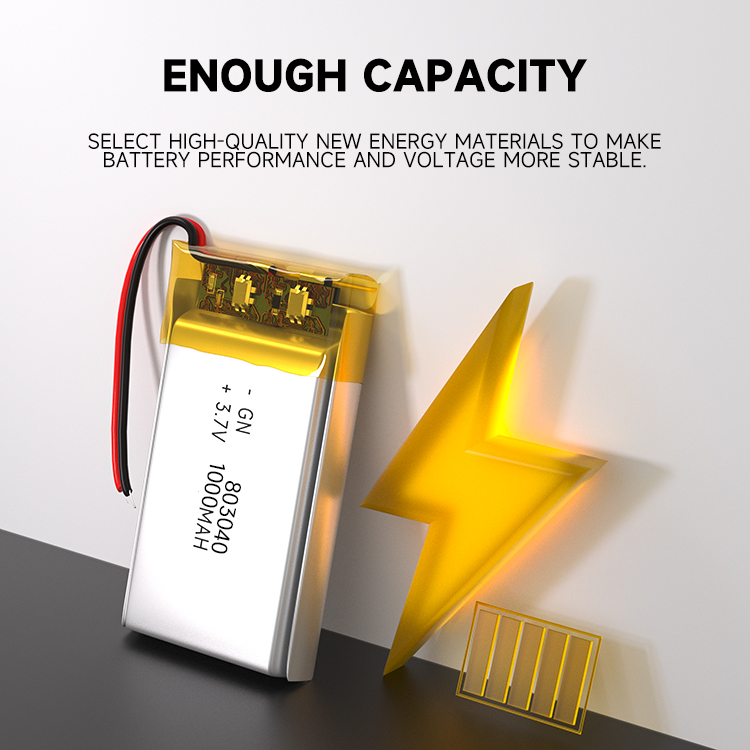











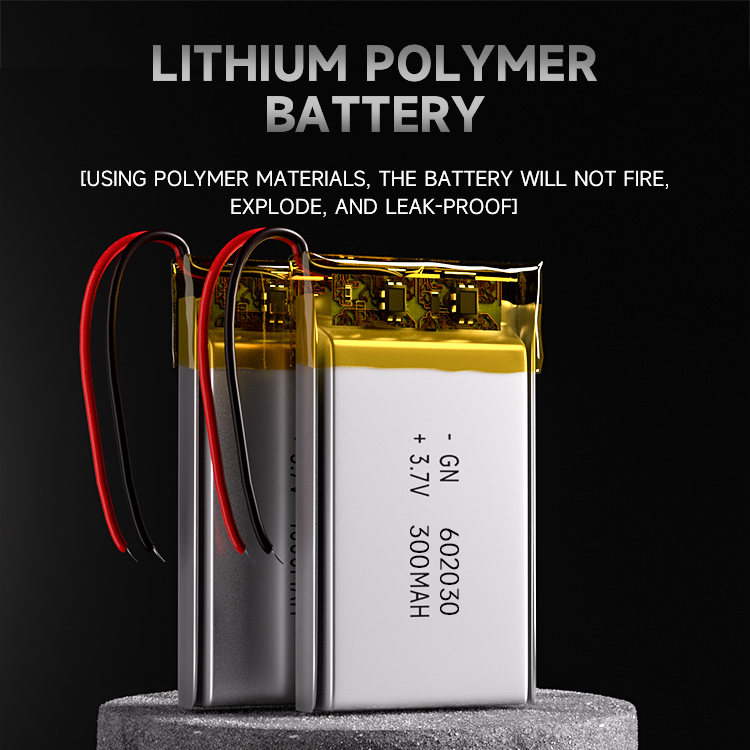
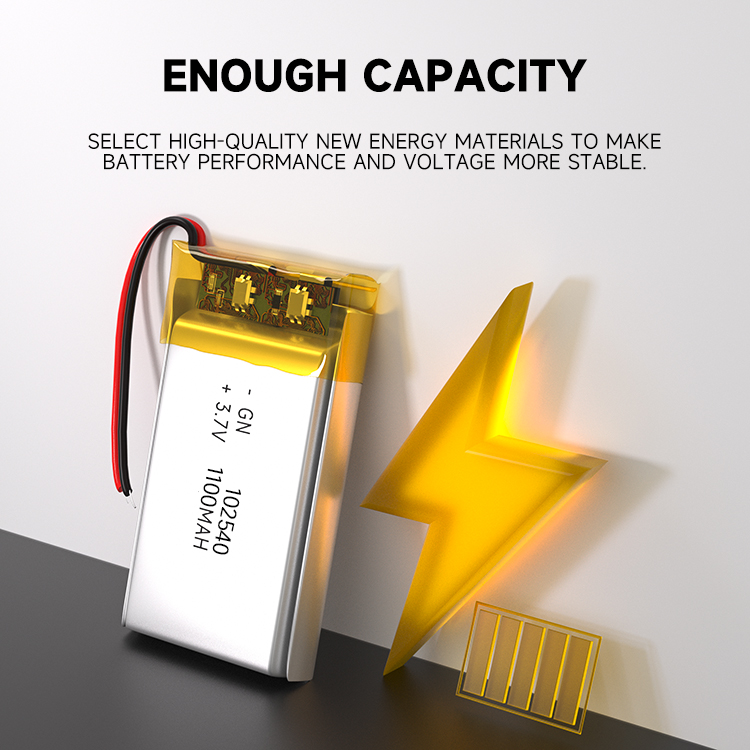
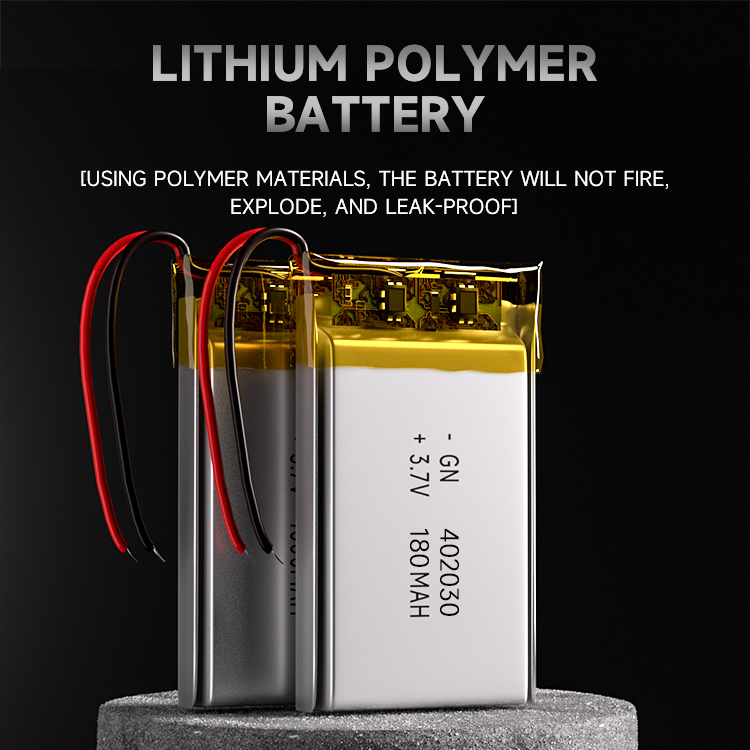
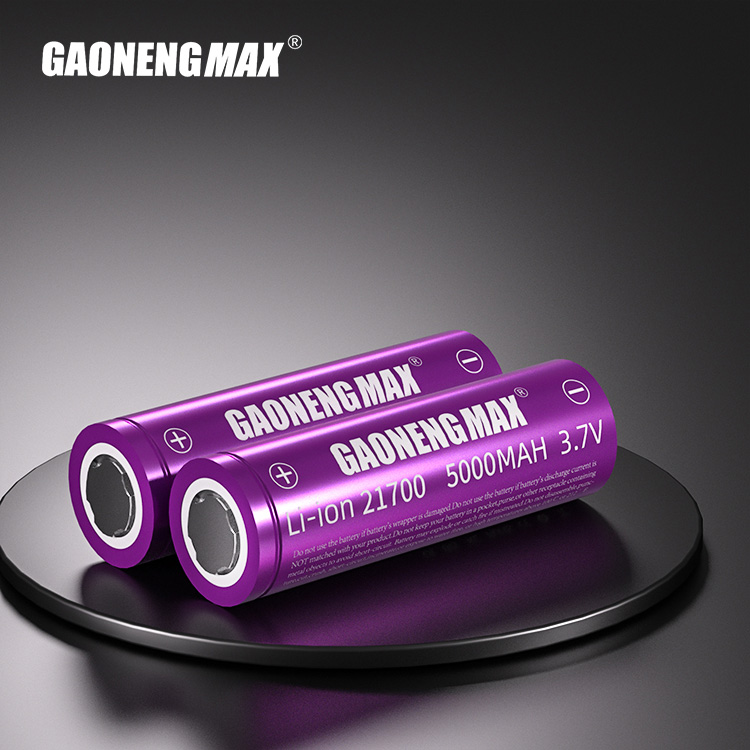

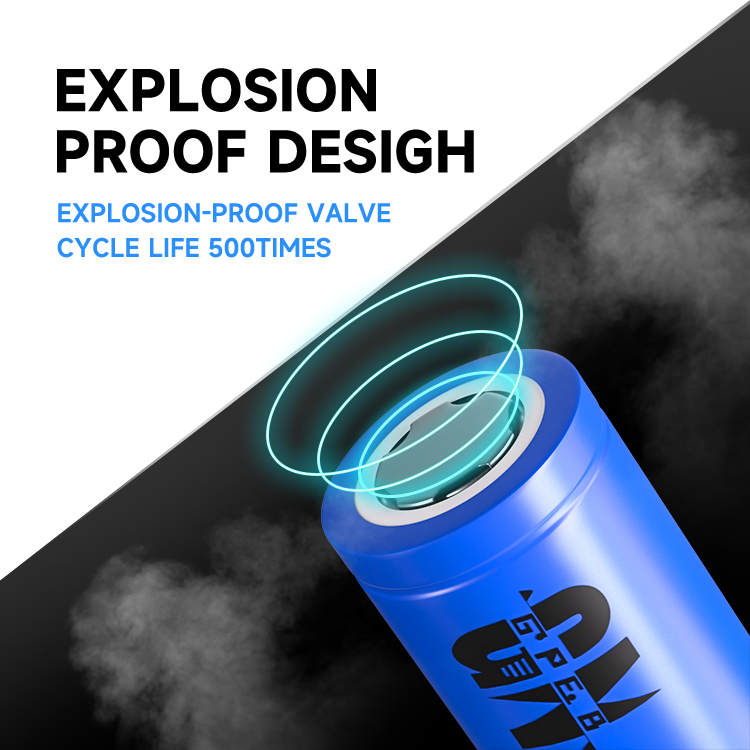

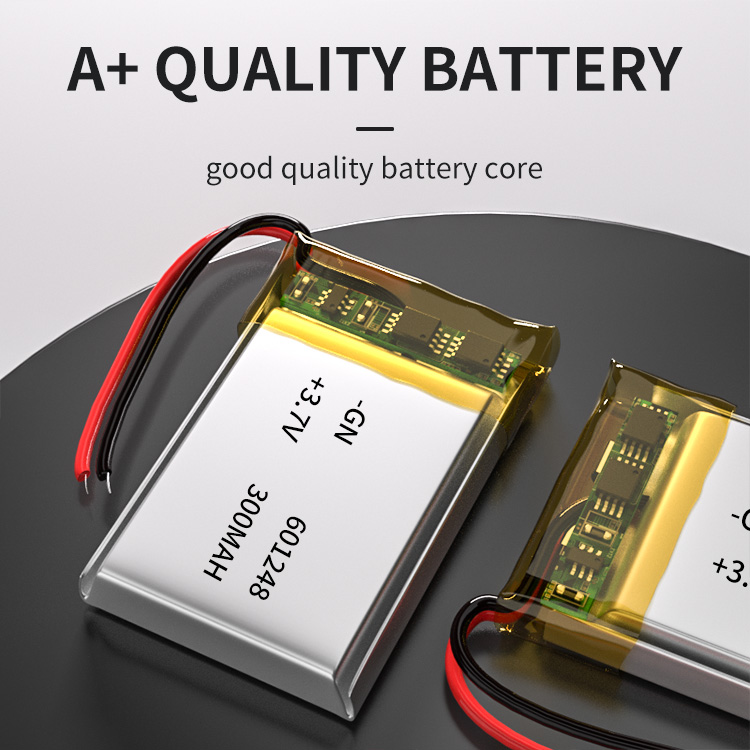
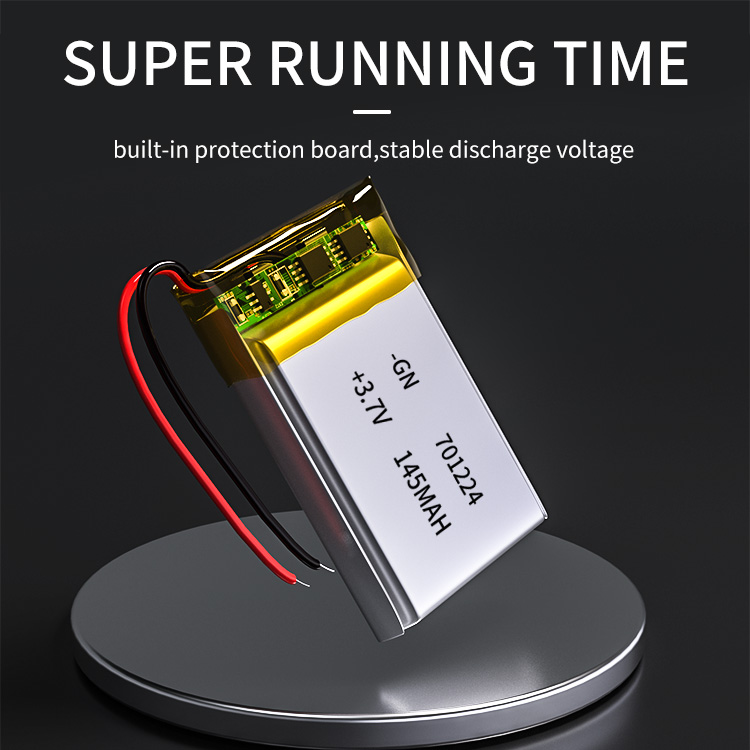
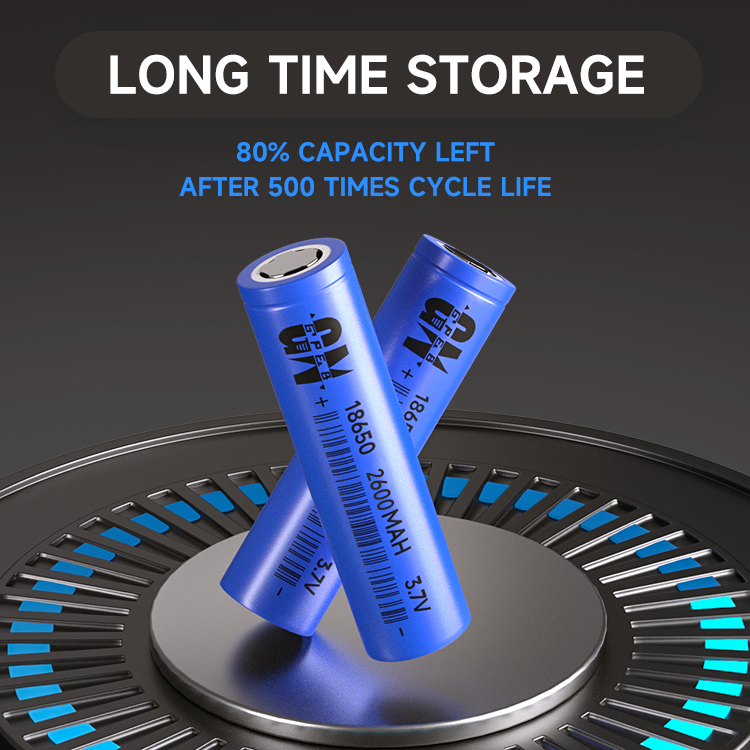
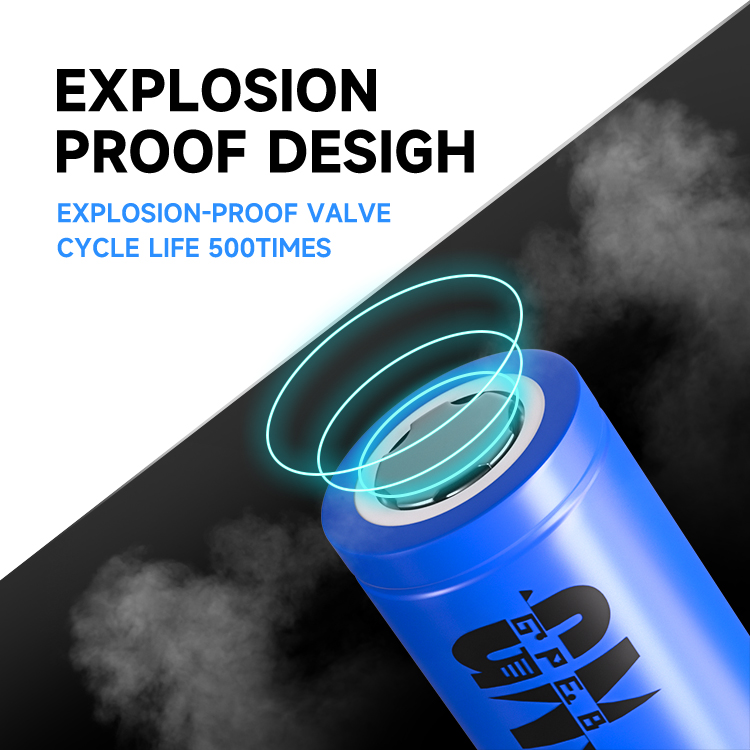
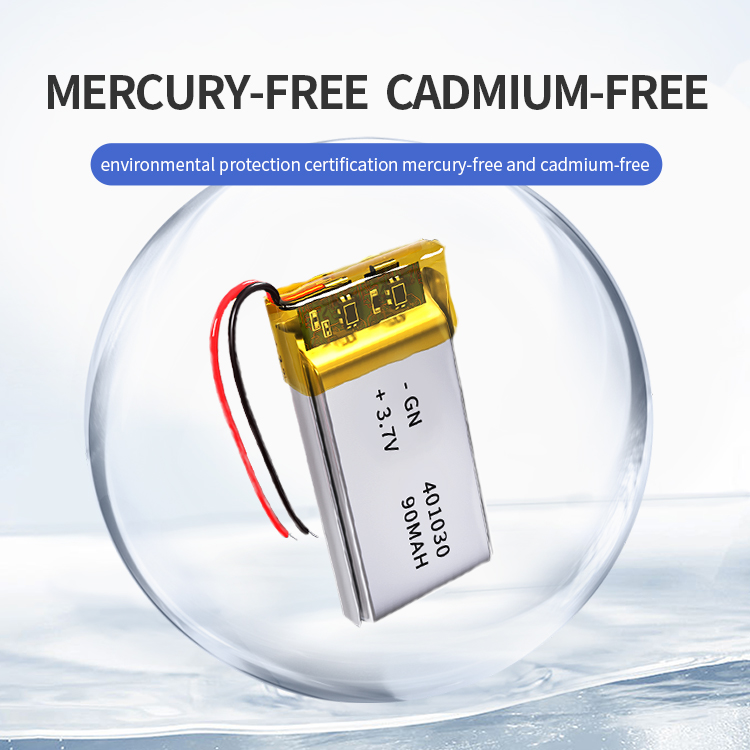



















 360° FACTORY VR TOUR
360° FACTORY VR TOUR
 Whatsapp
Whatsapp
 Tel
Tel Email
Email TOP
TOP